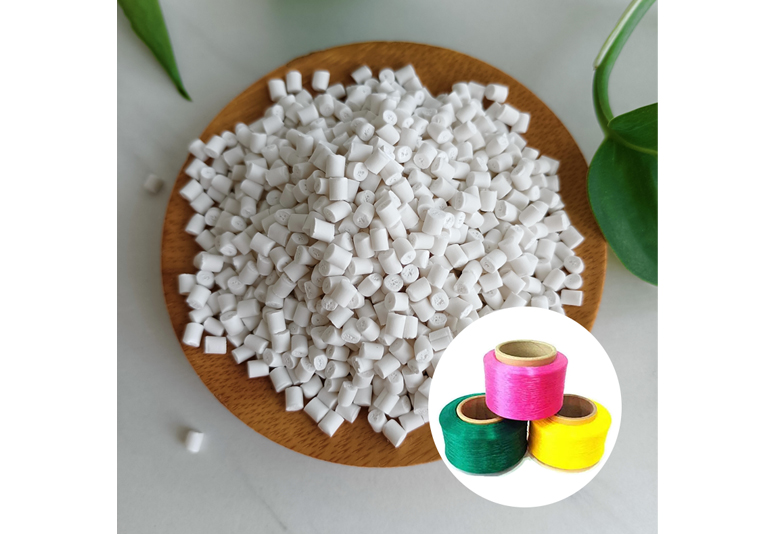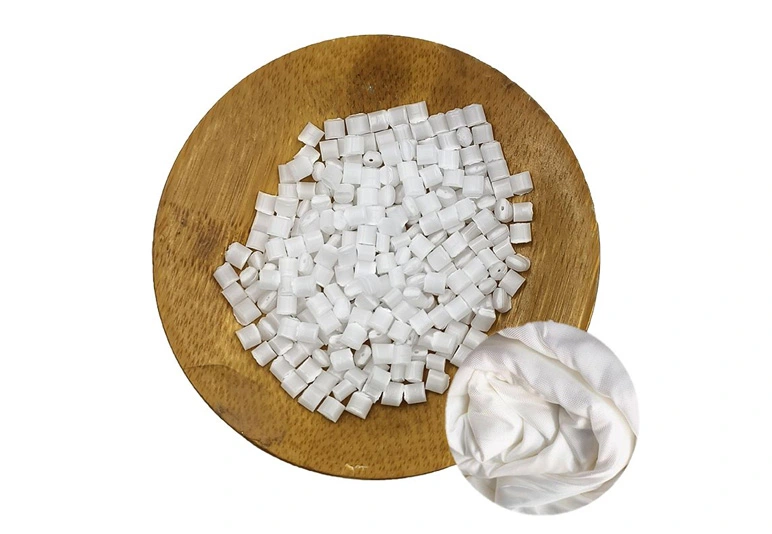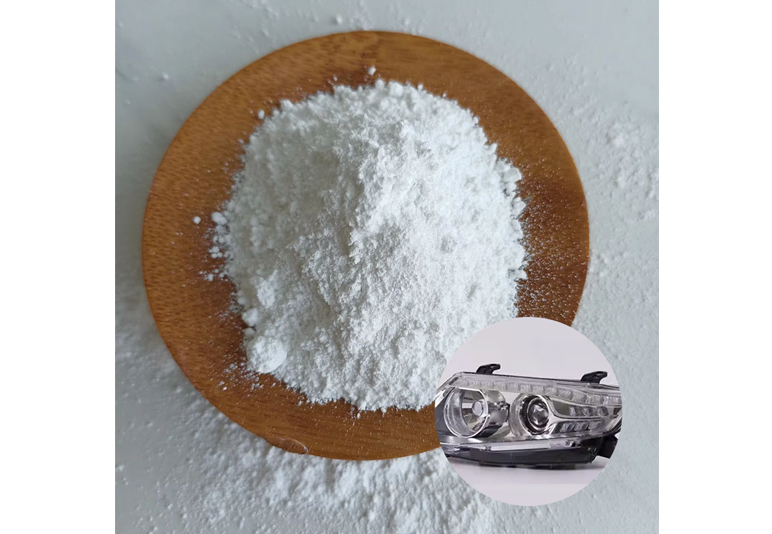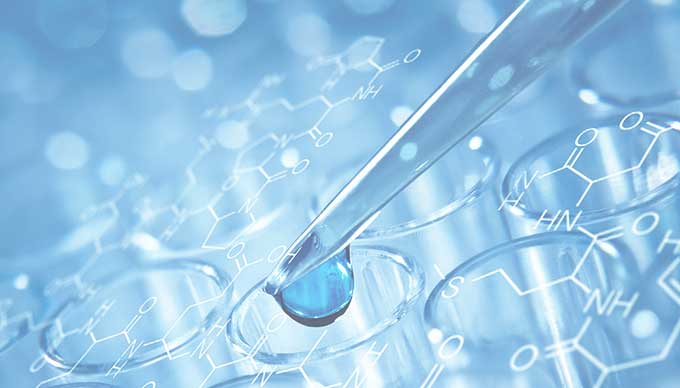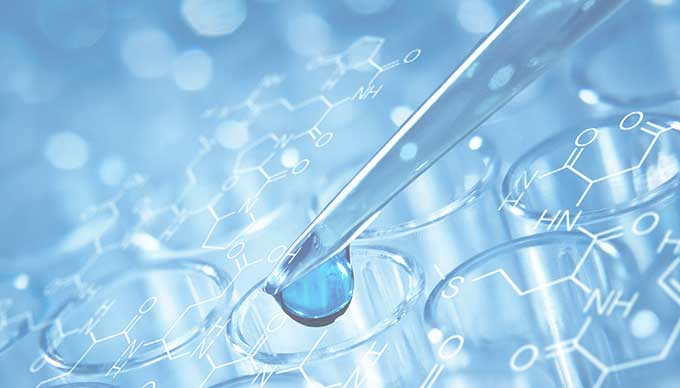In modern power transmission, communication networks, and construction infrastructure, cable safety is paramount. Whether in large-scale data centers, high-speed rail tracks, high-rise buildings, or new energy vehicle battery systems, a cable’s flame retardancy directly impacts fire risk control, evacuation time, and equipment protection. With increasingly stringent global fire safety standards, selecting the right flame-retardant cable materials has become a priority for manufacturers, contractors, and end-users.
1. Why Do Cables Need Professional Flame Retardants?
Ordinary cables can act as "fire spread accelerators" during a blaze, whereas high-quality flame-retardant cables suppress flame propagation in the early stages, buying critical time for evacuation and firefighting. The core objectives of cable flame retardancy include:
Preventing flame spread: Compliance with vertical burn tests like IEC 60332 and GB/T 18380 (e.g., VW-1, FT4).
Low smoke and toxicity (LSZH): Minimizes toxic fumes (per IEC 60754, EN 61034), essential for enclosed spaces like subways and hospitals.
High-temperature stability: Must withstand prolonged heat (105°C–150°C) in EV/power cables without degradation.
Preserving mechanical properties: Flame retardants must not compromise flexibility, tensile strength, or electrical performance.
With regulations like EU CPR and China’s GB 31247, halogen-free flame-retardant cables are rapidly replacing traditional halogenated alternatives.
2. Comparison of Key Cable Flame Retardants
Market solutions fall into three categories:
A. Halogen-Free Systems (LSZH)
Advantages: Zero corrosive gases (e.g., hydrogen halides), ultra-low smoke, ideal for crowded venues (airports, rail).
Materials: Aluminum hydroxide (ATH), magnesium hydroxide (MDH) with phosphorus-nitrogen synergists (30–60% loading).
Standards: EN 50575 (CPR), GB/T 19666.
B. Phosphorus-Nitrogen Synergistic Systems
Advantages: High efficiency, low additive ratios, suited for thin-walled cables (data/automotive wires).
Materials: Ammonium polyphosphate (APP) with melamine derivatives (UL94 V0 compliant).
C. Ceramic-Based Systems (High-Fire Resistance)
Advantages: Forms a ceramic protective layer (e.g., mica tape + silicone), critical for nuclear/emergency circuits.
Standards: BS 6387 (950°C/3h), GB/T 19216.
| Type | Applications | Standards |
|---|
| Halogen-Free (LSZH) | Buildings, rail transit | EN 50575, GB/T 19666 |
| Phosphorus-Nitrogen | EVs, data cables | UL 1581, IEC 60332 |
| Ceramic Fire-Resistant | Nuclear/emergency | BS 6387, GB/T 19216 |
3. Selecting the Optimal Flame-Retardant Solution
Requirements vary by application:
Building Wiring (Safety + Eco-Friendly): LSZH cables. Key tests: IEC 60332-1, EN 50575 (e.g., B2ca/Cca).
Rail/Tunnels (Stringent Fireproofing): Halogen-free + fire-resistant hybrids. Key tests: EN 45545-2, GB/T 31248.
EV High-Voltage Cables (Heat Resistant): Phosphorus-nitrogen-modified TPE/XLPO. Key tests: ISO 6722, UL 1581.
Supplier Checklist:
Provides full combustion test reports (smoke density, toxicity index).
Case studies in projects (high-speed rail, 5G data centers).
Supports certifications (UL, TUV, CPR).
4. Future Trends in Cable Flame Retardancy
Innovations focus on higher performance and sustainability:
Nano-Composites: Graphene/carbon nanotubes boost efficiency, reducing filler ratios.
Ultra-Fire-Resistant: Withstands >1000°C (e.g., nuclear plant cables).
Bio-Based Flame Retardants: Renewable materials aligned with net-zero goals.
Choose Us for Safer Cables
We offer halogen-free, phosphorus-nitrogen, and other advanced flame-retardant solutions for data communication, EVs, and construction. Contact our technical team for tailored support!
 English
English
